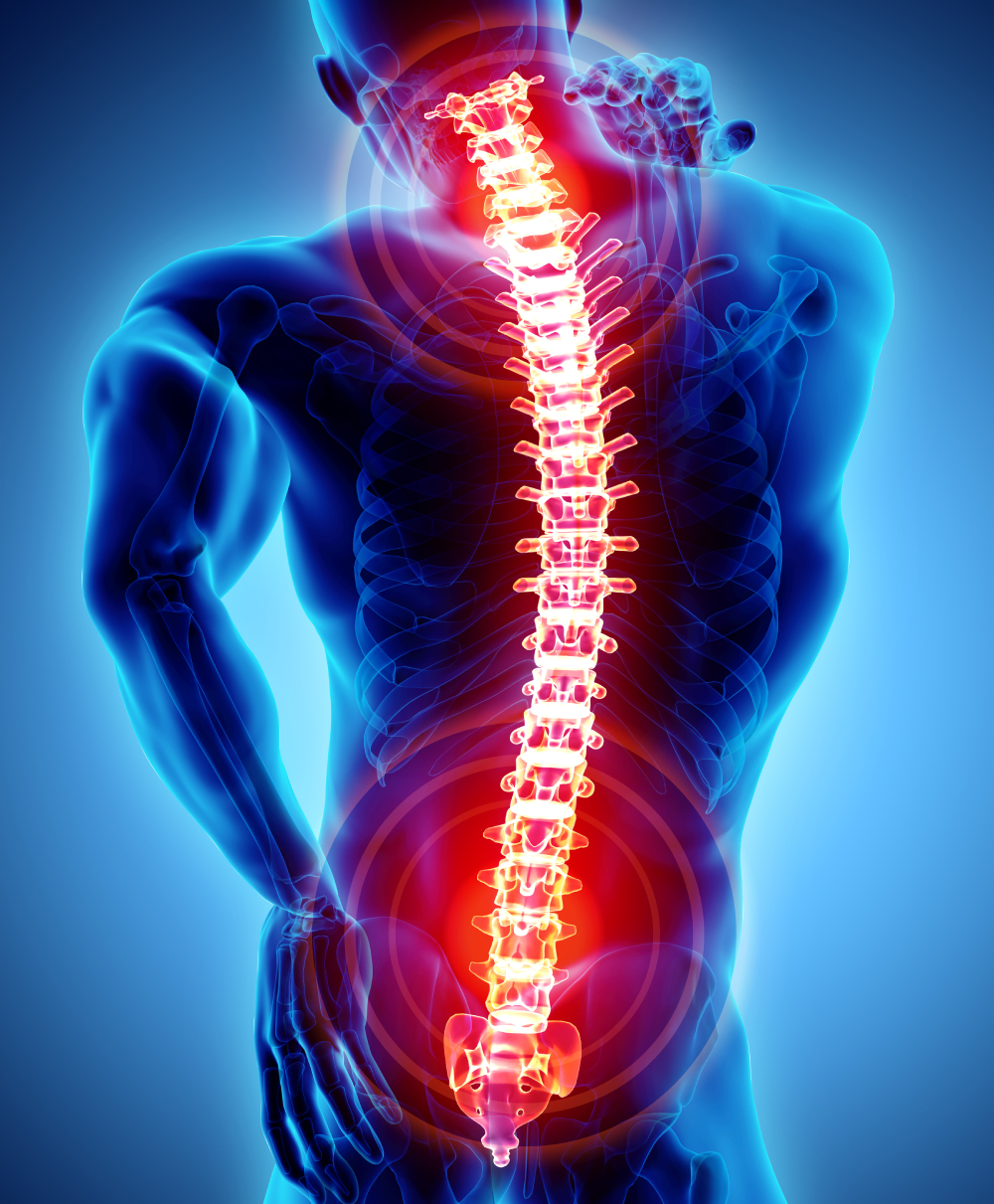Robotic Spine Surgery

ROBOTIC SPINE SURGERY
These new technology tools have helped improve patient outcomes and allow spine surgeons to have greater success when performing spinal surgery.
These new technology tools have helped improve patient outcomes and allow spine surgeons to have greater success when performing spinal surgery.
One of the biggest advancements is robotic spine surgery. Robot-assisted spine surgery has been evolving ever since it gained FDA approval in 2004. The SpineAssist invented by Mazor Robotics Ltd., Caesarea, Israel was the first robot approved and used in the United States.
It automatically positions its arm at a pre-determined trajectory, reducing the movement required by the surgeon. Once the pre planning is complete and the arm is in place, Dr.Paraiso will then begin the procedure.
In spine surgery, robotic technology is now commonly used more and more by top spine surgeons for spinal fusion and instrumentation procedures.
The robotic technology can be used on any spine procedure where screws or implants are needed to help stabilize the spine.
Conditions that benefit from robotic spine surgery include degenerative disc disease, spinal deformity or a failed surgery that requires correction. Robotics can also be used in Laminectomies. When patients hear the term robotic spine surgery, many assume that the robot is performing the surgery, but that is far from the truth. The robot is more of a tool that assists the surgeon in making the operation more efficient, accurate and most importantly safe. The Robotic technology used by Dr. Paraiso uses incredible accuracy and precision to ensure the best patient outcome.
Robotic spine surgery also shortens general anesthesia time and blood loss. Since the incisions are smaller, this leads to a faster recovery for the patient.
Robotic spine surgery involves the use of a virtual augmented reality system. Virtual AR systems show images on screen, allowing the surgeon to visualize the patient’s condition in real time. The majority of spine operations involves pedicle screws that help stabilize the spine and aid in fusion.
With the evolution of robotic spine surgery, it has led to less complication rates and improved accuracy. Many studies have shown that robotic-assisted spine surgery can lower intraoperative complications vs the common fluoroscopy-guided-free-hand surgeries. Robotic Spine Surgery helps overcome the limitations and problems of human error such as hand tremors and surgeon fatigue.
Patients with spinal or skeletal abnormalities can face more challenges as it is harder to navigate intraoperatively free-hand as blood vessels and nerve roots are found in close proximity to the spine.
Robotic navigation can safely avoid critical structures and allow Dr. Paraiso to access and repair deeper structures in the spine. The use of intraoperative imaging exposes surgeons, staffs and patients to a certain amount of radiation. This is called direct or scatter radiation. In spine surgery, bony landmarks like the pedicle or the end plate are used to help navigate the spine. These structures need to be visualized with fluoroscopy or a special x-ray machine. This subjects everyone in the operating room to large amounts if radiation. Spinal procedures can involve up to 12-fold higher amount of radiation than other procedures.
Robotic-assisted spine surgery helps reduce radiation exposure to both patients and hospital staff as it reduces the time of surgery.
A study has shown that robot-assisted approach reduces blood loss and a decreased length of stay post-operatively.
Robotic-assisted spine surgery has made minimally invasive fusion surgery possible where only small incisions are made on the skin to insert screws or implants in the spine. The robot is capable of detecting the precise position of the spinal vertebrae underneath the skin, therefore preventing greater exposure of the structure which reduces the infection risk.
Today, robotic surgery is not just used in spine surgery but also in other specialties like gynaecology and general surgery. Surgeons have greatly reduced the number of incisions made with a higher success rate.
If you’d like to learn if Robotic Spinal Surgery is right for you, contact Dr. Paraiso today.


